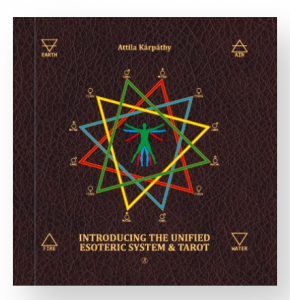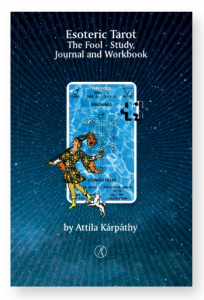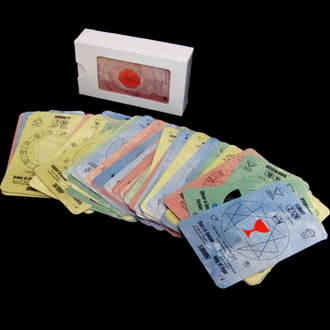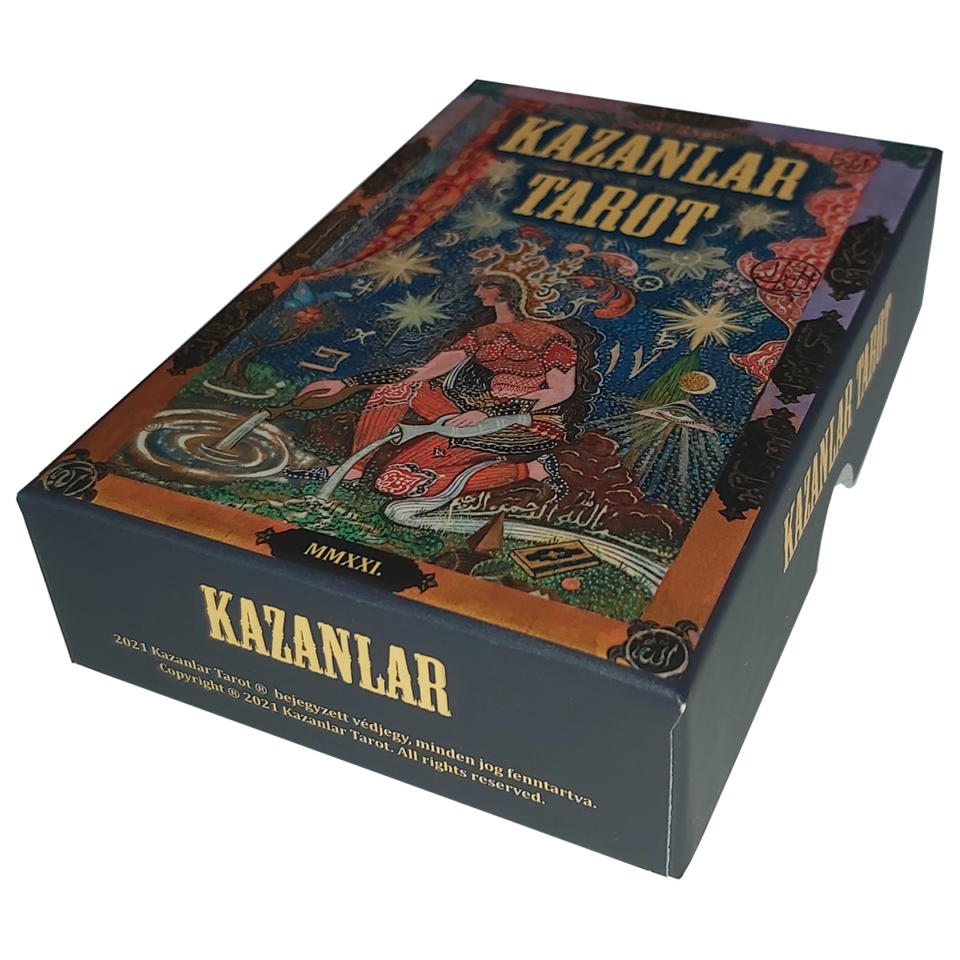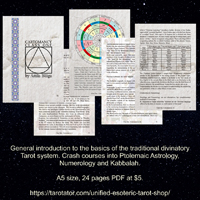
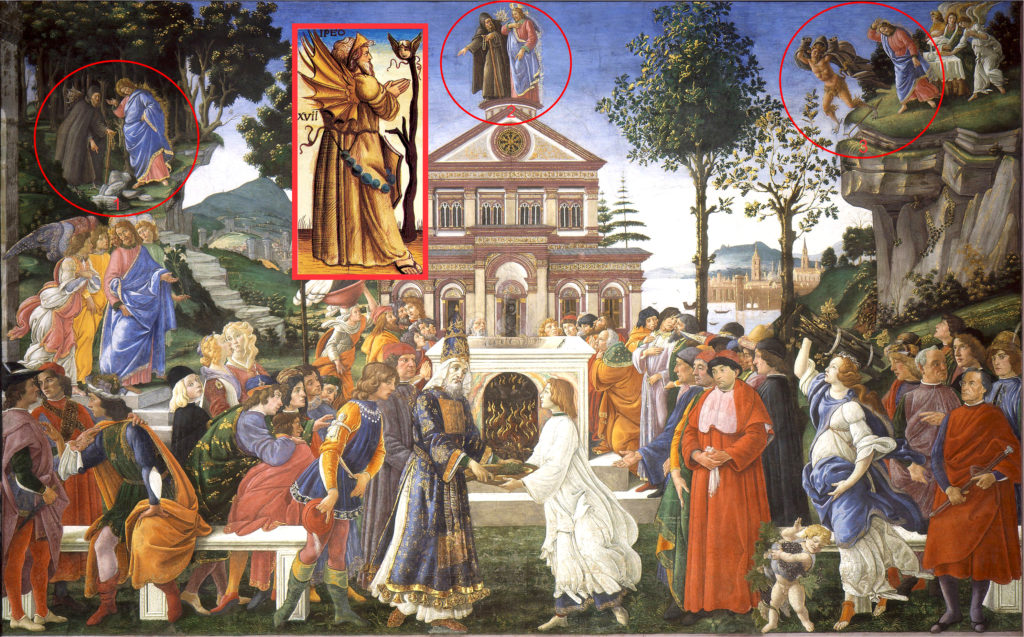
The Temptations of Christ is a fresco by the Italian Renaissance painter Sandro Botticelli, executed in 1480–1482 and located in the Sistine Chapel, Rome.
In 1480 Botticelli, together with a couple other Florentine painters, left for Rome, where he had been called as part of the reconciliation project between Lorenzo de’ Medici, the de facto ruler of Florence, and Pope Sixtus IV. The Florentines started to work in the Sistine Chapel as early as the Spring of 1481.
The theme of the decoration of the Chapel was a parallel between the Stories of Moses and those of Christ, showing the continuity between the Old and the New Testament. It also was meant to prove the continuity between the divine law of the Tables and the message of Jesus, who has chosen Peter, the first bishop of Rome, as his successor. This would finally result in the legitimation of the latter’s successors, the popes of Rome. Read more The Hermit in Botticelli’s Temptations of Christ

